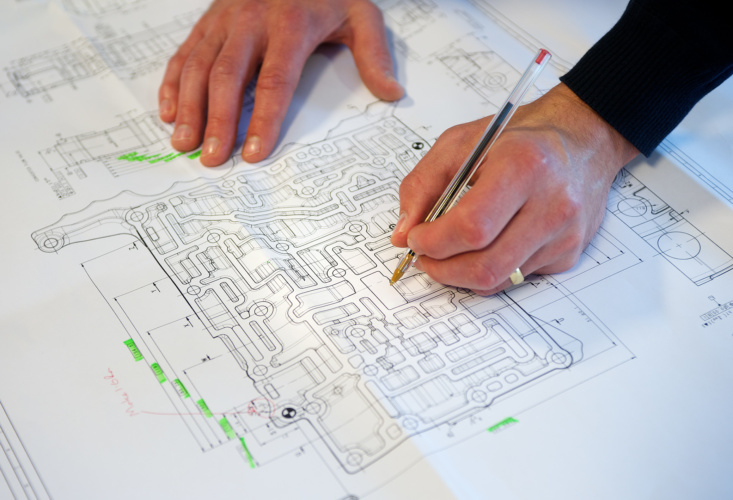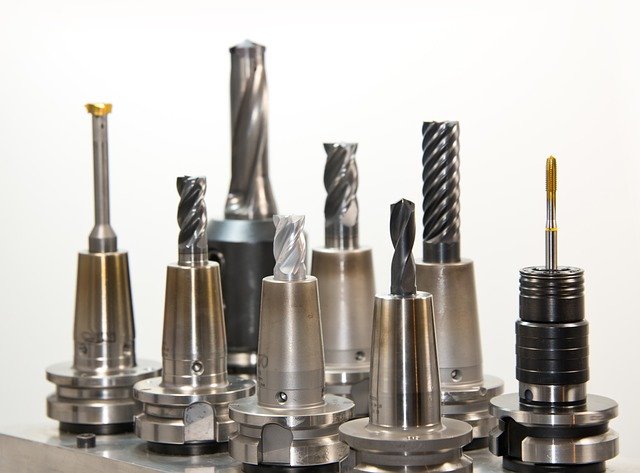 DFA is a vital part of the industrialisation process for complex products, writes Rob Capaldi, Ricardo Performance Products Market Head for Industrialisation.
DFA is a vital part of the industrialisation process for complex products, writes Rob Capaldi, Ricardo Performance Products Market Head for Industrialisation.
As part of Industrialising Innovation Week we are discussing the process required to transition innovative products from the concept phase through development and into production, focusing on physical products of high complexity, operating in performance-critical applications.
While following the industrialisation process, to ensure optimised investment and to retain control of ongoing costs, it is vital to consider the future assembly requirements that will be essential when the product reaches the production environment. For complex products, this consideration will be given through a robust Design for Assembly (DFA) process.

DFA is an often-overlooked part of the design process, with many companies focussing efforts on the headline grabbing, high performing functions of their product, rather than considering the ‘behind the scenes’ assembly process. This approach, while useful for promotion of the product and generating interest with investors and customers, will not help optimise the transition to manufacture – potentially leading to increased investment at the manufacturing stage and product delivery delays.
Application of a controlled and ongoing DFA process will help deliver success in the three areas of manufacturing that determine success: quality, cost and delivery performance.
Quality – Early consideration of the quality requirements set out by the product specification and the intended market will have a direct impact on the product design and therefore assembly process. When operating in highly regulated sectors such as aerospace, automotive, medical or nuclear it is essential that any market-specific quality requirements are considered as part of the product design and manufacturing process.
Cost – The potential cost implications of assembly challenges are significant. When a product reaches the production environment the opportunity to make changes to design are significantly reduced, tooling will be purchased, and the supply chain established and engaged. For new entrant companies or companies operating at the ‘pre-revenue' stage, unexpected additional costs when production is beginning will have serious implications.
Delivery performance – If reworks or assembly problems are identified after production begins, the impact on delivery performance will be significant. Implementing a ‘right first time’ approach will ensure minimal rework and ensure on-time delivery.
DFA should be started early in the project, ensuring that the assembly process is considered during the initial product design phase then continued as the product nears production. Although early engagement is preferable to minimise long term investments, DFA is an essential consideration before the product design is frozen.
When designs are frozen, tooling will be confirmed with a significant commitment being made at this point. The opportunities to optimise process and reduce assembly costs will be minimal from this point onwards, early investment in assembly process optimisation will reduce ongoing cost and ensure product is manufactured in time, to a high level of quality and in a repeatable and reliable way.
This reliability and repeatability will be ensured through applying a ‘no faults forward’ philosophy and through consideration of several key manufacturing requirements during the DFA process, these vary according to the product and manufacturing techniques employed and final product requirements.
The DFA assessments should not take place at an isolated point in the product design cycle. They are an iterative process that should be started at the concept phase and re-evaluated at each prototype step before finalising at design freeze and beginning the transition into the final production environment.

The tools, techniques and process steps employed typically include:
- Definition of the build sequence to determine tool access requirements and quality control methods
- Detailed step by step sequence analysis to identify design changes that will aid the assembly process or mitigate potential quality issues.
- Completion of ‘virtual build’ in CAD to review and initially validate the build sequence, identifying potential problems or failures
- Definition of the quality checks to be implemented at each stage of the build sequence
- Completion of a Process Failure Mode Effect Analysis (PFMEA) to analyse, in detail, the potential failure modes and the mitigating actions required through tooling updates, facility improvements, additional inspections, a revision of process or, in extreme cases, redesign
- The PFMEA is typically accompanied by a specific DFA checklist, this will review not only process failure modes, but implications certain design elements may have on the assembly process, such as part orientation, materials considerations, handling challenges and more
Application of these tools, techniques and process steps will ease the transition through development towards manufacturing.
For companies bringing complex, innovative new products to the market, it is essential to apply this approach to ensure a ‘no faults forward’ methodology is embedded in the manufacturing environment, to minimise ongoing cost and ensure successful product delivery.
To assist in the application of this methodology, Ricardo has an easily adaptable, reliable and well-proven DFA process that simplifies these steps to ensure process complexity is minimised while maintaining a focus on the ultimate ambition of delivering product to a high level of quality, on time and in specification.
The simplified steps in this process allow rapid completion of several of the key stages of the DFA process to accelerate the time to market and reduce investment, while maintaining the focus on the final product delivery.
This approach is highly appealing to companies at the early stages of investment or moving into a new product area in which they have limited experience. It will allow the production phase to be ‘de-risked’ from early in the programme in the absence of any legacy data or prior experience in the intended manufacturing methods, reducing potential future overspend and reducing the cash-burn through the project. When operating at ‘Niche Volumes’ the appeal of this approach grows – companies manufacturing at these volumes will typically have less opportunity to invest in highly controlled processes due to the limited production volumes and flexibility required in manufacturing schedules.
Ricardo has deployed these skills as well as a variety of market sectors including the production of medical devices, assembly of materials handling robots, build of complex automotive systems and manufacture of componentry for power generation.
To find out how Ricardo expertise in industrialisation can be applied to your products, visit:
http://ricardo.com/services/manufacturing/industrialisation or contact us: npi@ricardo.com










National Gas receives funding to develop Gravitricity underground hydrogen storage system
One single rock salt mine - Winsford - has 23 <i>MILLION </i>cubic metres of void and even allowing for 10% of that void set aside for hazardous waste...